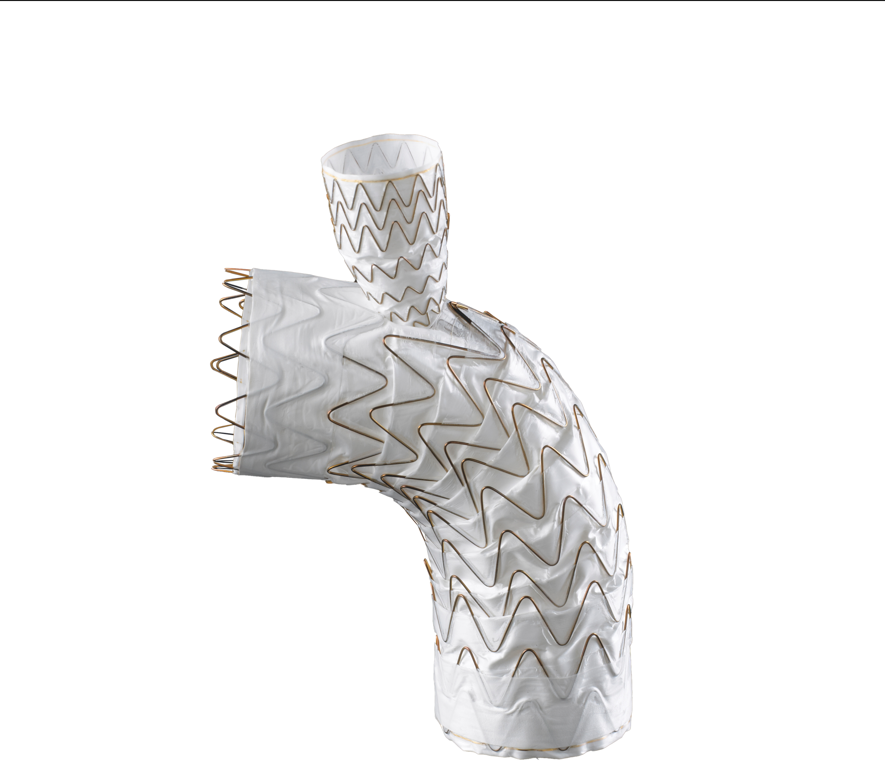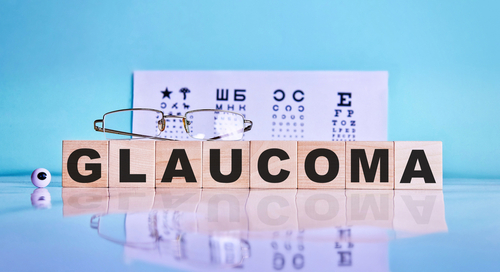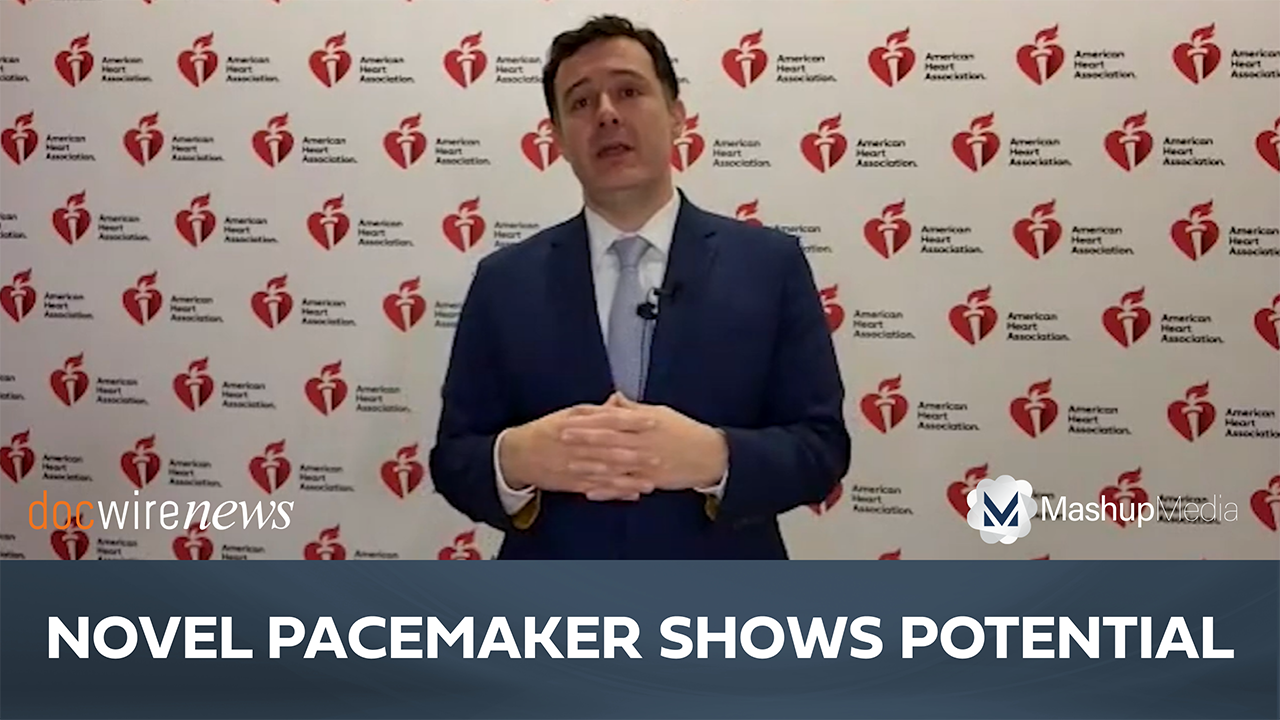
A heart implant that provides therapeutic stimulation to those with advanced heart failure was recently approved by the U.S. Food and Drug Administration. This device, the Barostim Neo System, is a cardiac neuromodulator that stimulates the baroreceptors of patients who are not suited for other heart failure treatments like cardiac resynchronization therapy. This device was granted Breakthrough Device designation by the FDA, being that it treats a fatal condition and addresses the unmet medical needs of those who do not have success with other treatments.
With 5.7 million U.S. citizens experiencing heart failure, this potentially debilitating condition is very prevalent. Heart failure is most commonly caused by diseases that damage the heart’s integrity such as diabetes and high blood pressure. Current treatments for heart failure include treating the root causes of the disease, alleviating symptoms like swelling in the lower legs, and pharmaceutical intervention. Physicians often prescribe angiotensin converting enzyme (ACE) inhibitors, beta blockers, and other drug treatments to decrease the blood pressure and strain put on the heart. Diuretics are also frequently used to reduce the fluid buildup in the body, lowering blood pressure and reducing symptoms. The Barostim Neo System, however, offers a new potential treatment for heart failure that utilizes a unique implant.
The Barostim therapy uses a pulse generator that is implanted below the patient’s clavicle and connects to a lead connected to the carotid artery. Once implanted, the physician then programs and tests the neuromodulator to ensure it is properly administering electrical impulses to the baroreceptors. These cells are responsible for sensing pressure in vessels like the carotid artery and transmitting this sensation to the brain. In response to baroreceptors targeted by Barostim, the brain signals the blood vessels to relax and dilate and inhibits the production of stress hormones to decrease heart failure symptoms.
Background of the Barostim Study
Before giving Barostim the Breakthrough Device designation, the FDA reviewed a prospective, multi-center, randomized clinical trial that evaluated the device’s efficacy. This study recruited 408 patients with advanced heart failure who received traditional medication and therapy, and 125 participants who also received Barostim Neo System implants.
The researchers found that those who received the implant were able to walk further in six-minute walking tests at the end of the trial and showed improvements in how their condition affected their lives. Also, 102 randomized subjects with less severe heart failure showed lower levels of a heart failure biomarker with the device.
There are several potential complications associated with the Barostim Neo System, including infection, reoperation, low blood pressure, dizziness, fainting, arterial damage, stroke, and various others. This device is intended for use by patients with normal heart rhythms, are not eligible for cardiac resynchronization therapy, and have a left ventricular ejection fraction under 35% (healthy ejection fraction is 55-75%). Patients with anatomy that would not accommodate the device, certain nervous system disorders, slow heart rate, allergies to titanium or silicone, atherosclerosis, or ulcerative plaques near the implant location are labeled as ineligible for receiving this therapy.
“Patients with advanced heart failure have limitations of physical activity, experiencing fatigue, palpitation or shortness of breath with activity and may not benefit from standard treatments, including currently marketed drugs and devices,” said Bram Zuckerman, M.D., director of the Office of Cardiovascular Devices in the FDA’s Center for Devices and Radiological Health. “This approval provides patients with a new treatment option for the symptoms associated with advanced heart failure. The FDA continues to work with manufacturers through our Breakthrough Devices Program to provide patients and health care providers with timely access to medical devices that have the potential to lead to a clinical improvement in patients, such as those with this irreversibly debilitating condition, while ensuring these devices meet our regulatory requirements for safety and effectiveness.”
The @US_FDA approved a new device for patients with heart failure – Barostim Neo https://t.co/U1oplppH67
— ATRIUM Cardiology (@ATRIUMRx) August 19, 2019







 © 2025 Mashup Media, LLC, a Formedics Property. All Rights Reserved.
© 2025 Mashup Media, LLC, a Formedics Property. All Rights Reserved.